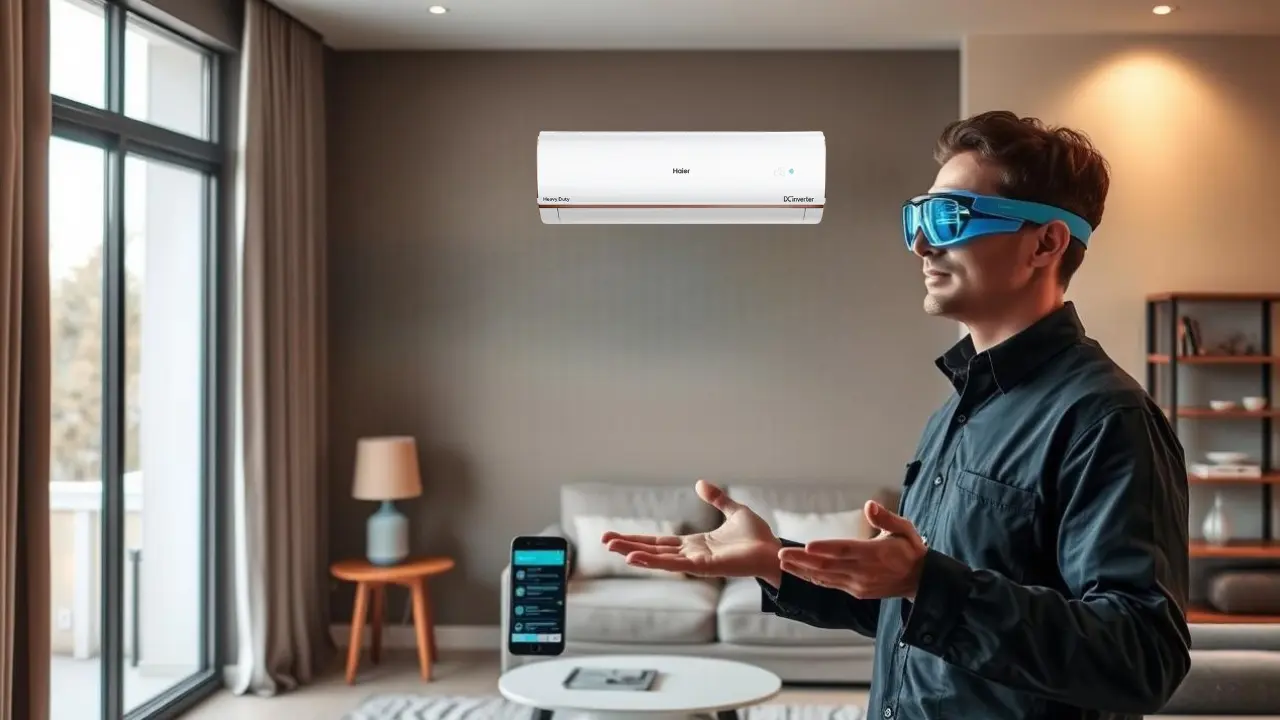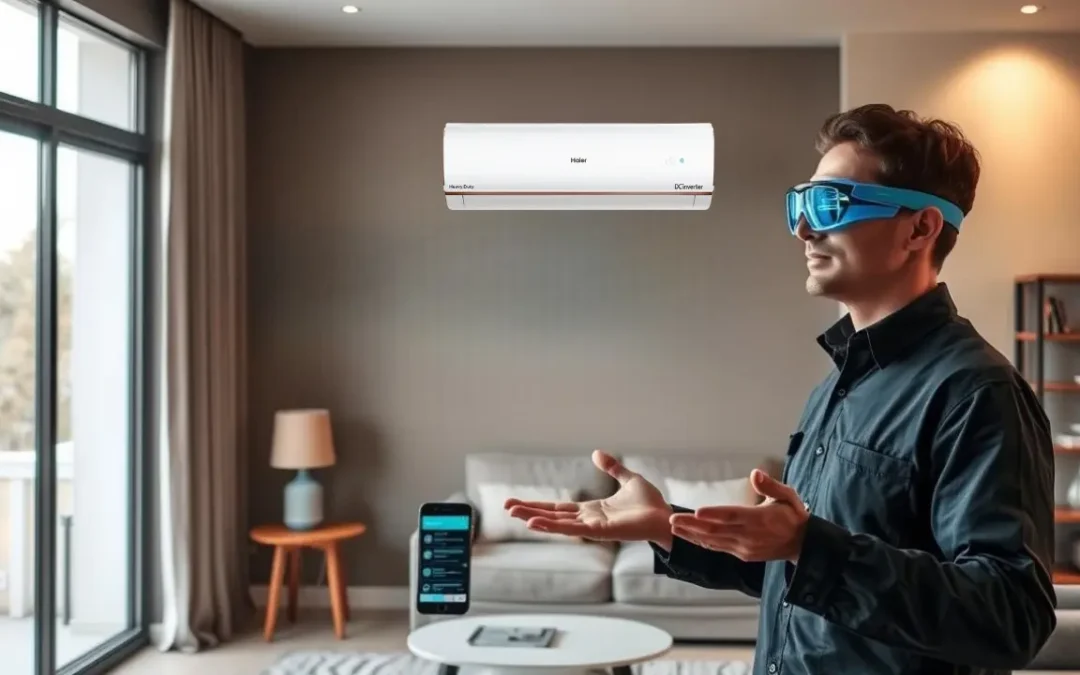In today’s world, where technology is advancing at an unprecedented pace, the integration of smart AI-based thermostat diagnostics into our homes is reshaping the way we manage indoor climates. This innovative approach is not only enhancing comfort but also optimizing energy efficiency. In this article, we delve into the transformative capabilities of smart AI-based thermostat diagnostics, a technology that’s capturing the attention of homeowners and industry professionals alike.

1. Understanding Smart Thermostats
Smart thermostats are designed to monitor and control home heating and cooling systems with precision. Equipped with sensors and internet connectivity, these devices learn user preferences over time. They can adjust temperatures automatically, ensuring comfort while minimizing energy usage. The real power of these thermostats lies in their diagnostic capabilities.
1.1 What Are AI-Based Diagnostics?
AI-based diagnostics involve the use of machine learning algorithms to analyze data collected from thermostats and HVAC systems. This data-driven approach allows for predictive maintenance and early detection of potential issues, preventing costly breakdowns.
2. Key Benefits of AI-Based Thermostat Diagnostics
The integration of AI-based diagnostics into smart thermostats offers numerous advantages:
2.1 Enhanced Energy Efficiency
By analyzing patterns and adjusting settings accordingly, smart thermostats can significantly reduce energy consumption. Learn more about AI’s role in improving energy efficiency.
2.2 Preventative Maintenance
AI diagnostics can predict when maintenance is needed, reducing the likelihood of unexpected system failures. Discover more about HVAC breakdown predictions.
2.3 Personalized Comfort
With AI, thermostats can learn individual preferences, tailoring the climate to each occupant’s liking. Explore how predictive maintenance enhances comfort.
3. How Does AI-Based Thermostat Diagnostics Work?
AI-based diagnostics utilize a combination of sensor data, historical usage patterns, and environmental factors. This data is processed using machine learning algorithms to provide actionable insights.
3.1 Data Collection
Sensors within the thermostat collect data on temperature, humidity, occupancy, and more. This data serves as the foundation for AI analysis.
3.2 Machine Learning Algorithms
Machine learning algorithms analyze the collected data, identifying patterns and anomalies. This process allows the thermostat to make informed decisions.
3.3 Predictive Analysis
Through predictive analysis, the thermostat can foresee potential issues and recommend preventative measures. Learn about AI in HVAC diagnostics.
4. Real-World Applications
Smart AI-based thermostat diagnostics are being implemented in various settings, from residential homes to commercial buildings.
4.1 Residential Use
In homes, these thermostats provide a seamless blend of comfort and efficiency, allowing homeowners to save on energy bills while maintaining ideal indoor climates.
4.2 Commercial Applications
In larger buildings, AI diagnostics optimize HVAC systems, improving energy efficiency and reducing operational costs. Discover how AI-based airflow analysis benefits businesses.
5. The Future of Smart Thermostats
The future of smart thermostats is bright, with continuous advancements in AI and IoT technologies. These developments promise even greater energy savings and enhanced user experiences.
5.1 Integration with Smart Homes
As part of a smart home ecosystem, thermostats will communicate with other devices, creating a harmonious and efficient living environment.
5.2 AI-Driven Innovations
Ongoing research in AI is expected to yield more sophisticated diagnostic capabilities, further revolutionizing indoor climate control. Learn about AI in smart factories.
6. Conclusion
The integration of smart AI-based thermostat diagnostics is transforming the way we manage indoor environments. By combining cutting-edge technology with practical applications, these systems offer improved comfort, energy efficiency, and preventative maintenance. As the technology continues to evolve, the potential benefits for homeowners and businesses alike are limitless.

FAQs
1. How do smart thermostats save energy?
Smart thermostats utilize AI algorithms to optimize temperature settings based on user behavior, reducing unnecessary energy consumption.
2. Are AI-based diagnostics suitable for all HVAC systems?
Yes, AI-based diagnostics can be integrated with most modern HVAC systems to enhance their efficiency and reliability.
3. Can I install a smart thermostat myself?
While it’s possible to install a smart thermostat yourself, professional installation ensures optimal performance and integration with existing systems.
This article contains affiliate links. We may earn a commission at no extra cost to you.
